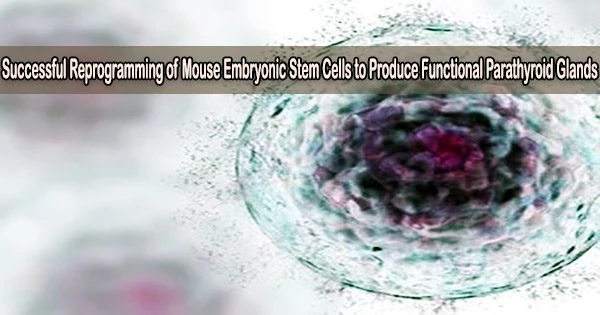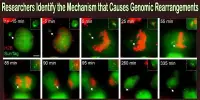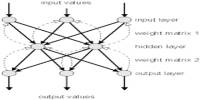Exciting new opportunities in medicine have been made possible by regenerative medicine. Japanese scientists are currently looking for methods to replicate and reconstruct body organs and tissues, which might be used as an alternative treatment for sickness.
In a recently published study in Proceedings of the National Academy of Sciences (PNAS), researchers from Tokyo Medical and Dental University (TMDU) showed that functional parathyroid glands can be generated from mouse embryonic stem cells (mESCs).
When the parathyroid glands (PTGs) do not produce enough parathyroid hormone (PTH), hypoparathyroidism results. PTGs are tiny endocrine glands that control and preserve the body’s calcium equilibrium. Calcium-sensing receptors, which respond to variations in calcium and regulate PTH secretion, are expressed by properly working PTGs.
The most frequent cause of hypoparathyroidism is neck surgery, which can be acquired or congenitally caused. The treatment of hypoparathyroidism requires lifelong replacement therapy.
Full-length recombinant human PTH and vitamin D analogs are also used in conventional management. The advantages of therapy can, however, occasionally be modest. In order to overcome the limits of traditional therapy, a new treatment option may be made available if functioning PTGs can be created and transplanted.
Although therapeutic application in humans is the ultimate goal, the researchers first tried trials in mice. Currently, it is challenging to produce in vitro functioning PTG cells that react to variations in calcium concentration.
For this reason, researchers have attempted to generate functional PTGs using a process called “blastocyst complementation” using mouse organisms.
An approach to in vivo organ regeneration that has the potential to be successful is blastocyst complementation. Animal mutants that are missing particular organs are used to create blastocysts. After that, pluripotent stem cells are implanted into these blastocysts. As a result, the implanted stem cells produce the whole organ in chimeric animals.
To generate a PTG-deficient mouse embryo as a platform of blastocyst complementation, the researchers used CRISPR-Cas9 genome editing. Within the chimeric mouse body, donor mESCs differentiated into endocrinologically mature PTGs.
The produced PTGs responded to extracellular calcium and controlled PTH secretion, which are both requirements for proper activity. Additionally, by ectopic transplantation, produced mESC-derived PTGs enhanced the pathophysiology of a mouse model for hypoparathyroidism.
Additionally, they were successful in creating functional mouse PTGs within the rat body, proving the efficacy of this approach even in research involving other species.
It is significant to highlight that, despite the fact that this work was carried out on mice, it showed the development of functional organs with the potential for future therapeutic applications.
By applying the blastocyst completion procedure, the findings of this study are anticipated to significantly advance endocrine organ regeneration and transplantation therapy for regenerated organs.
















